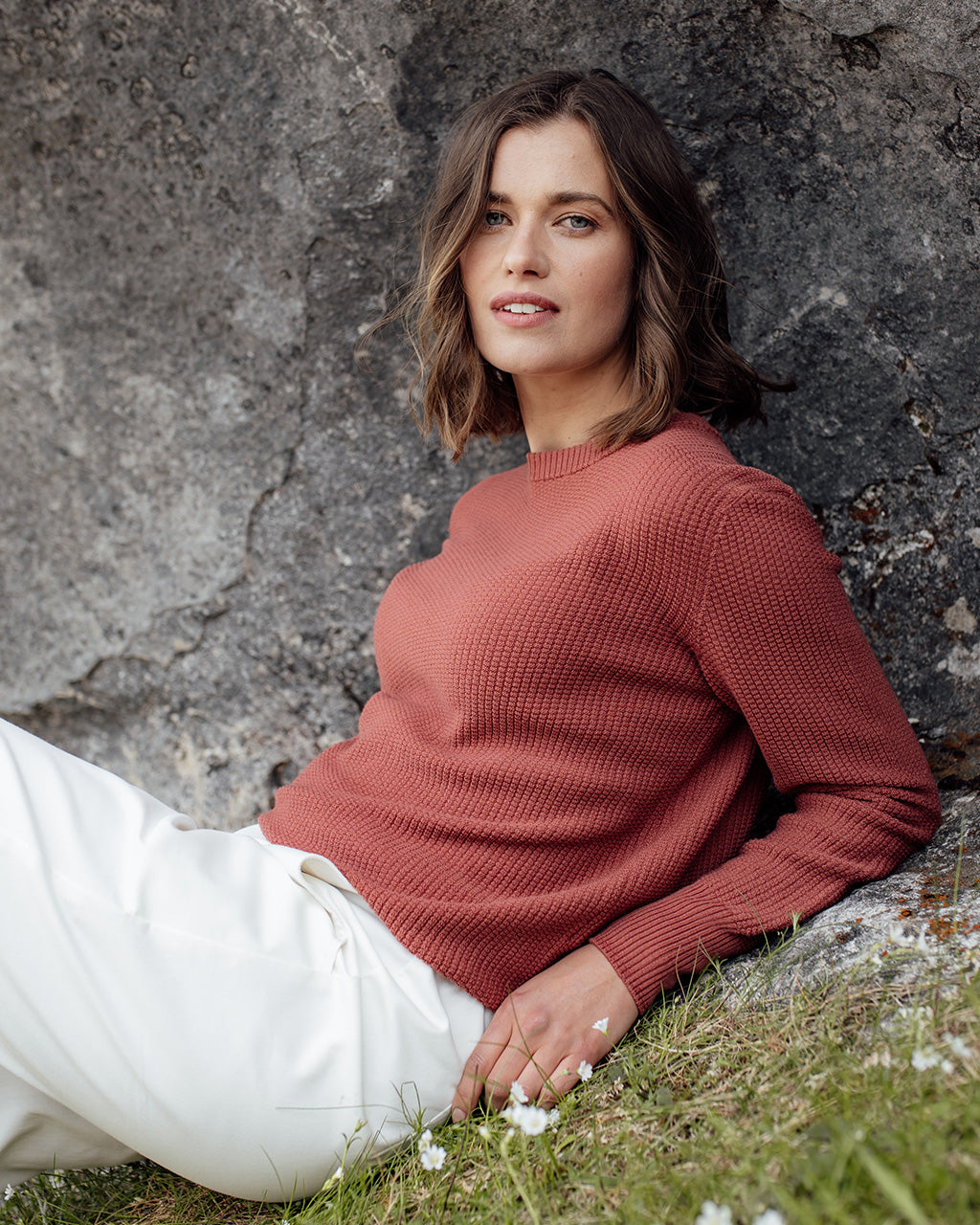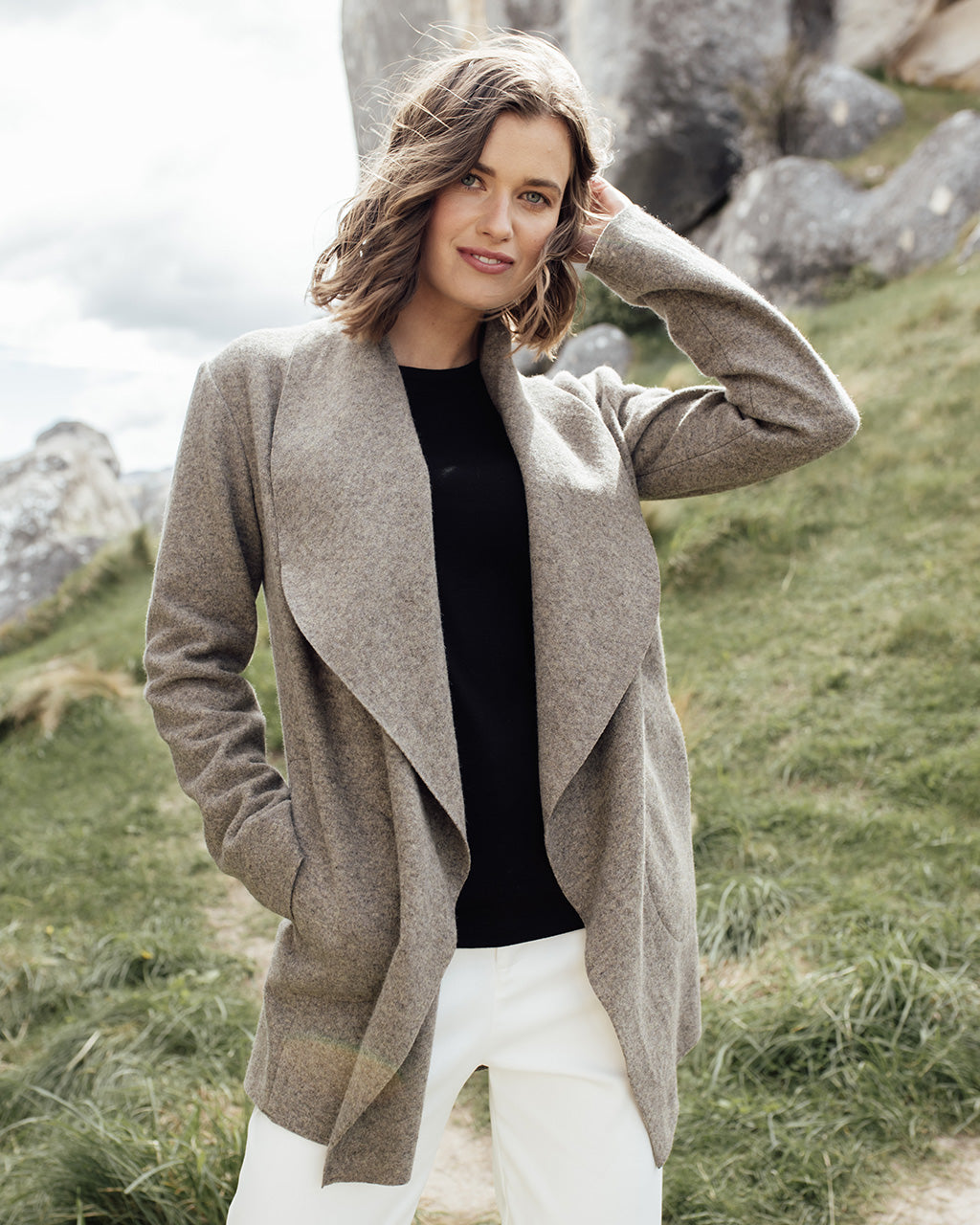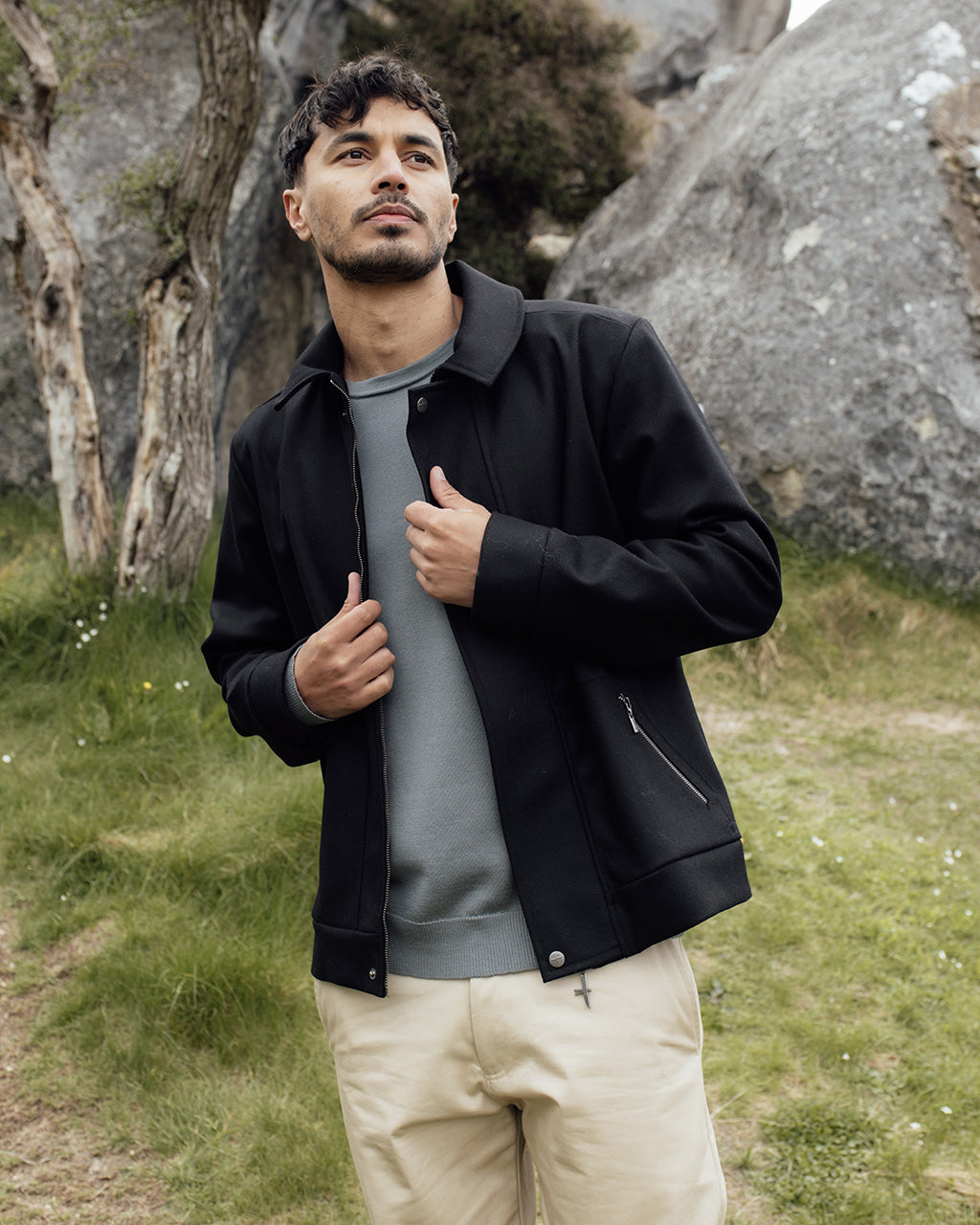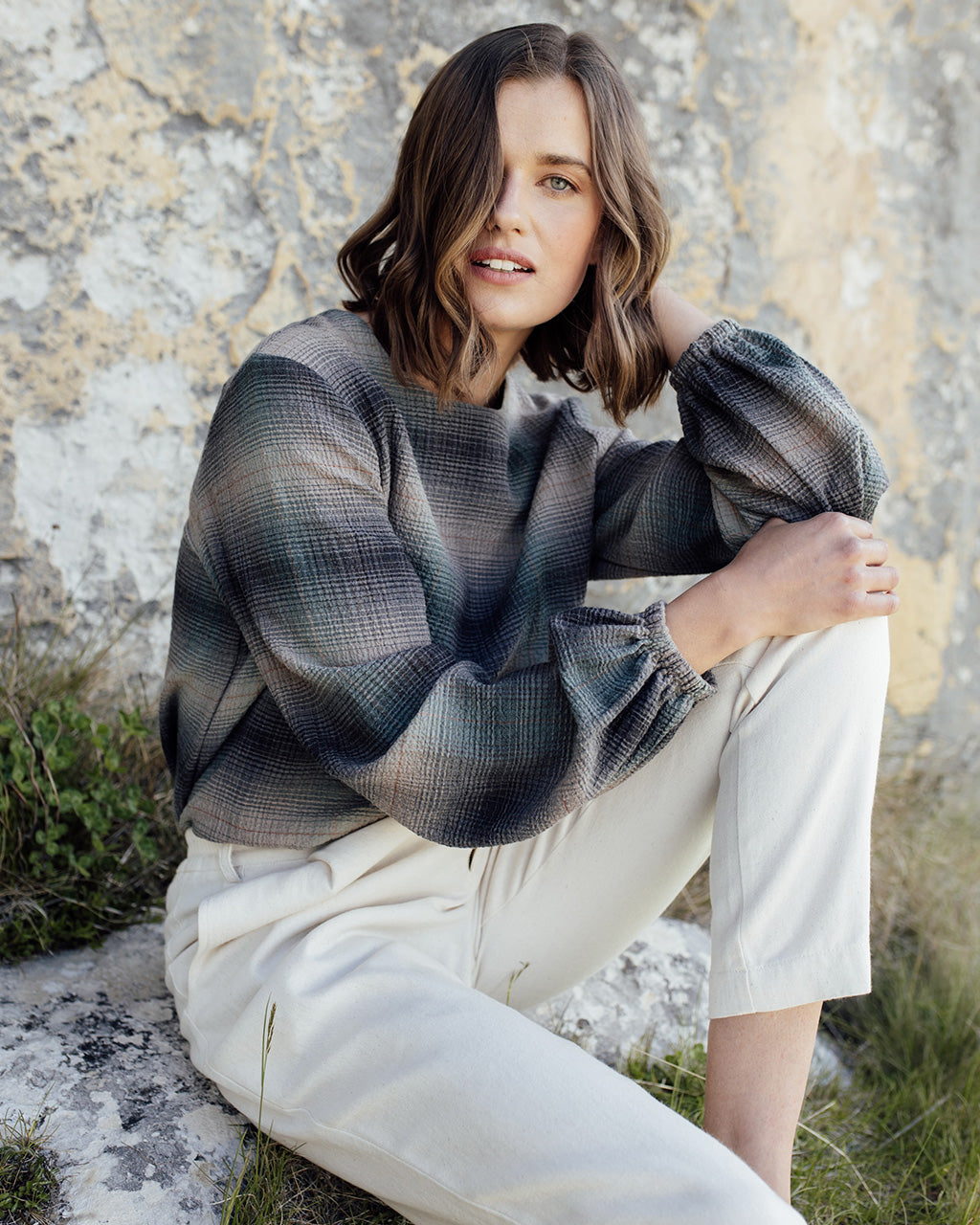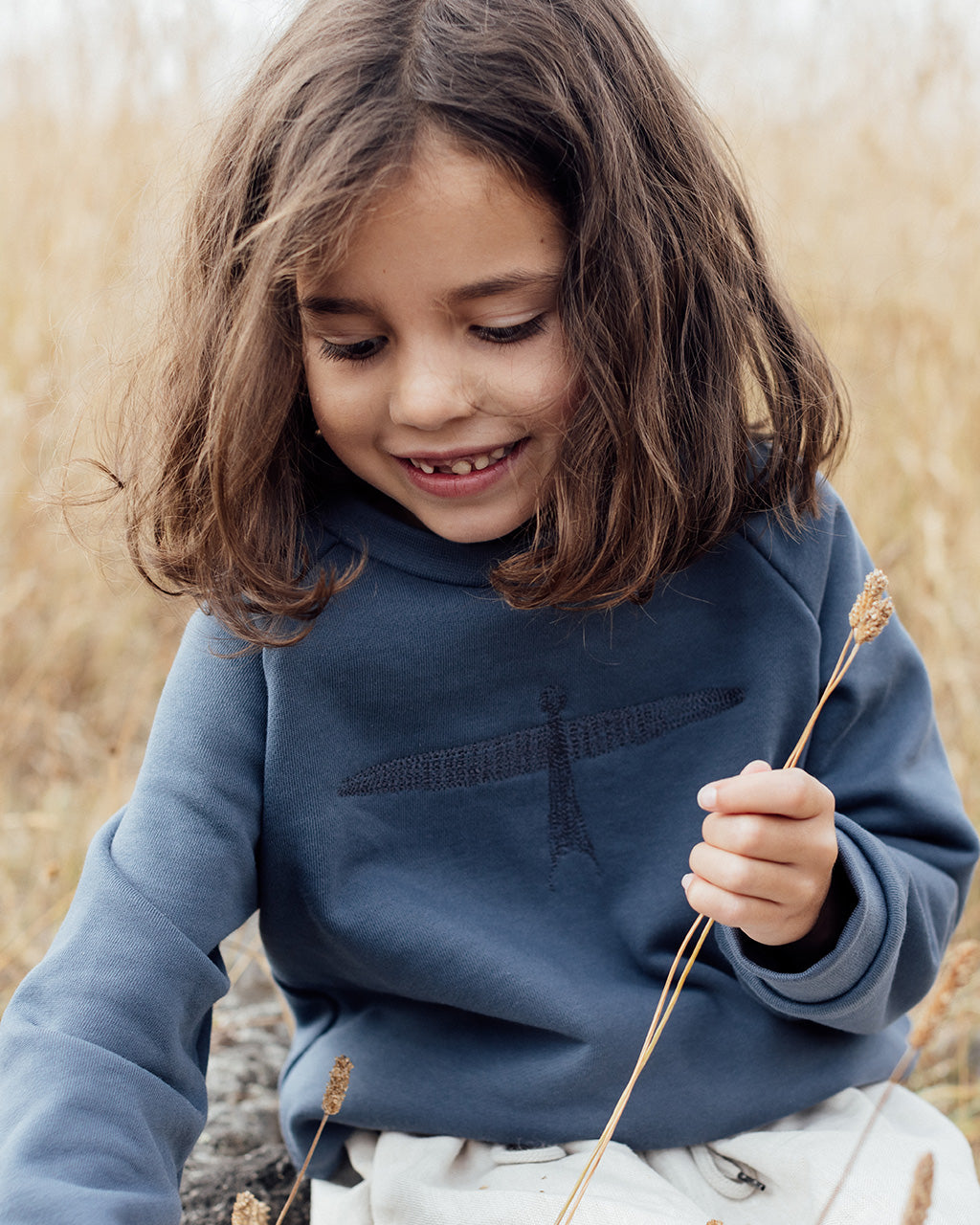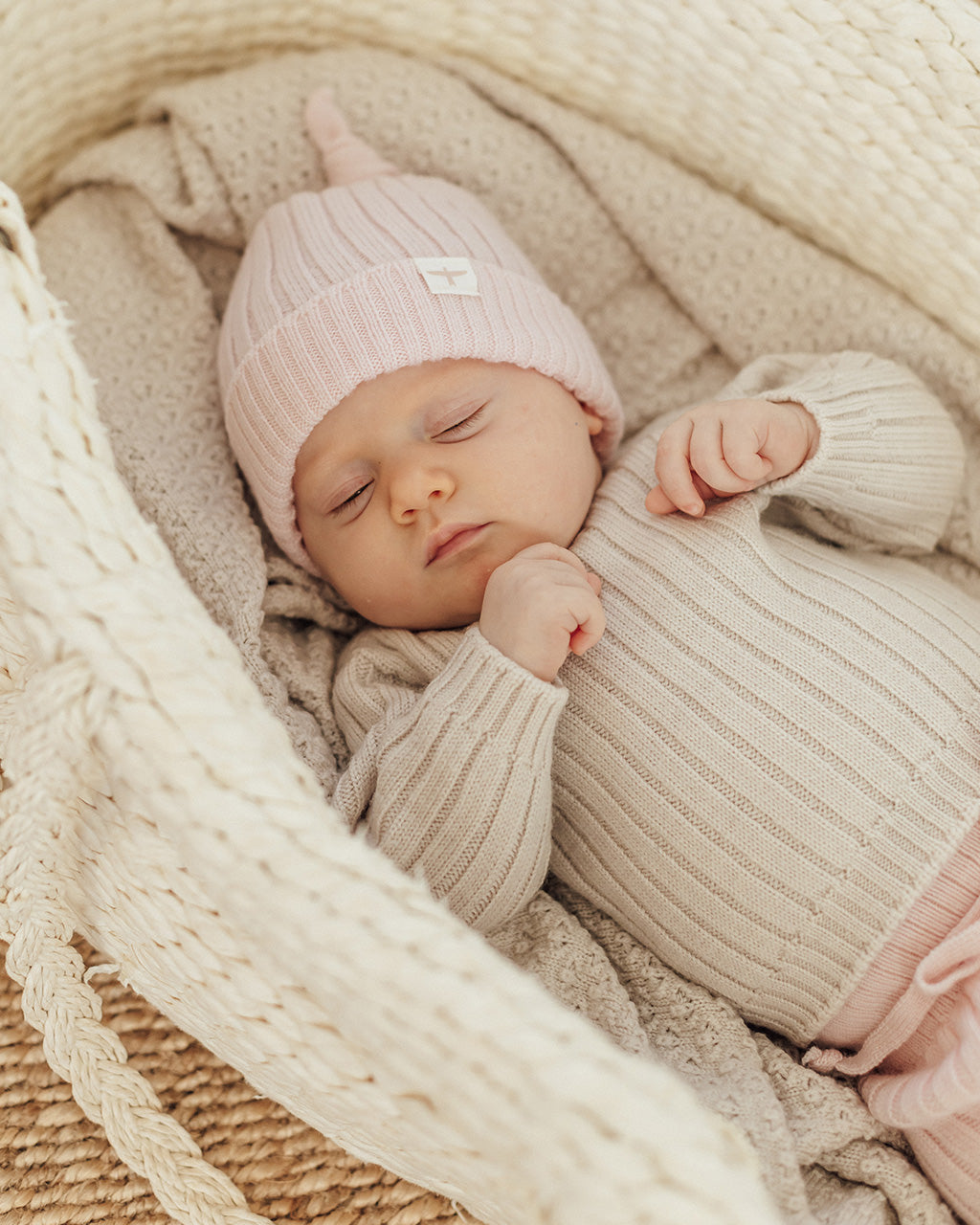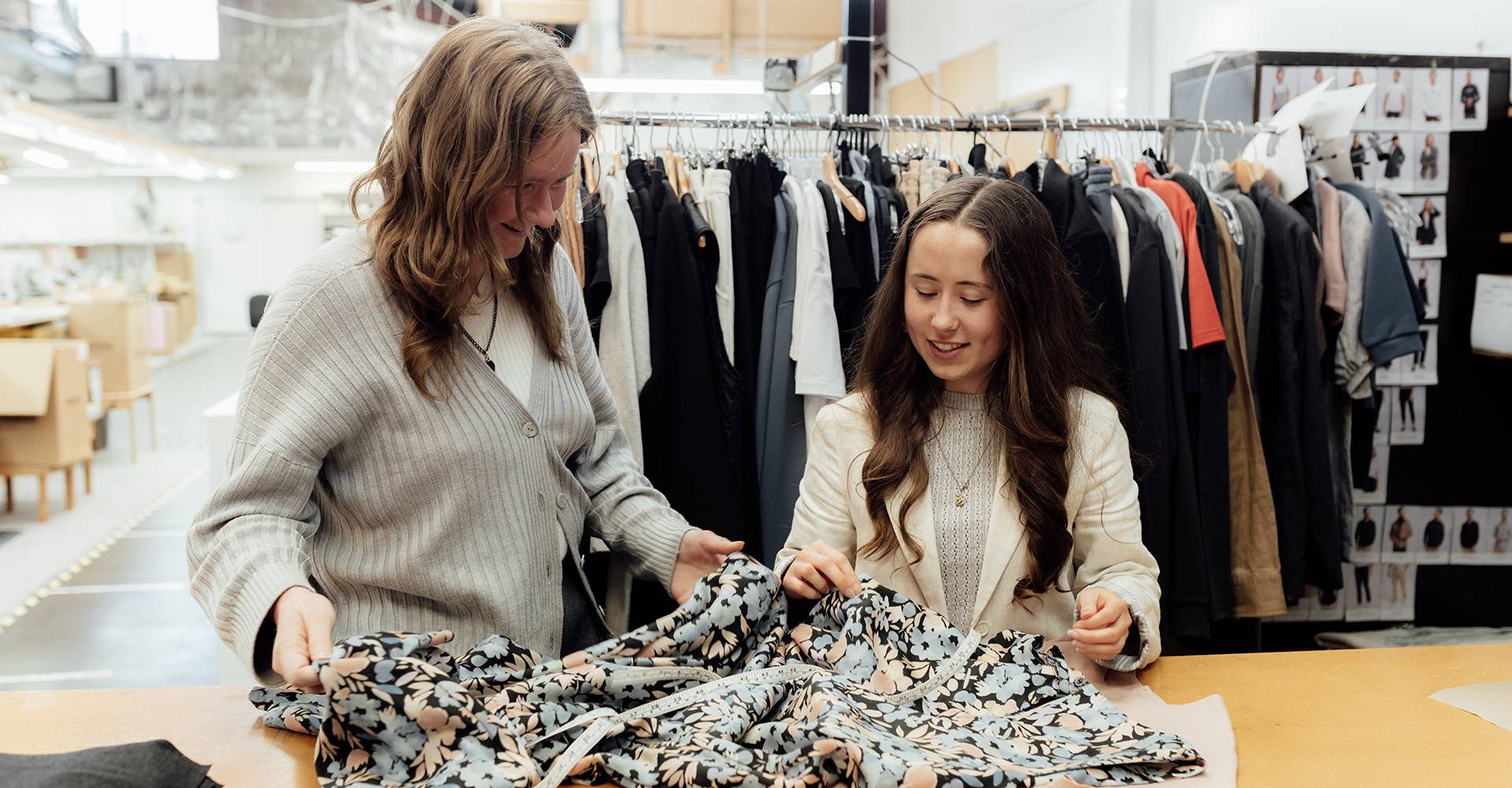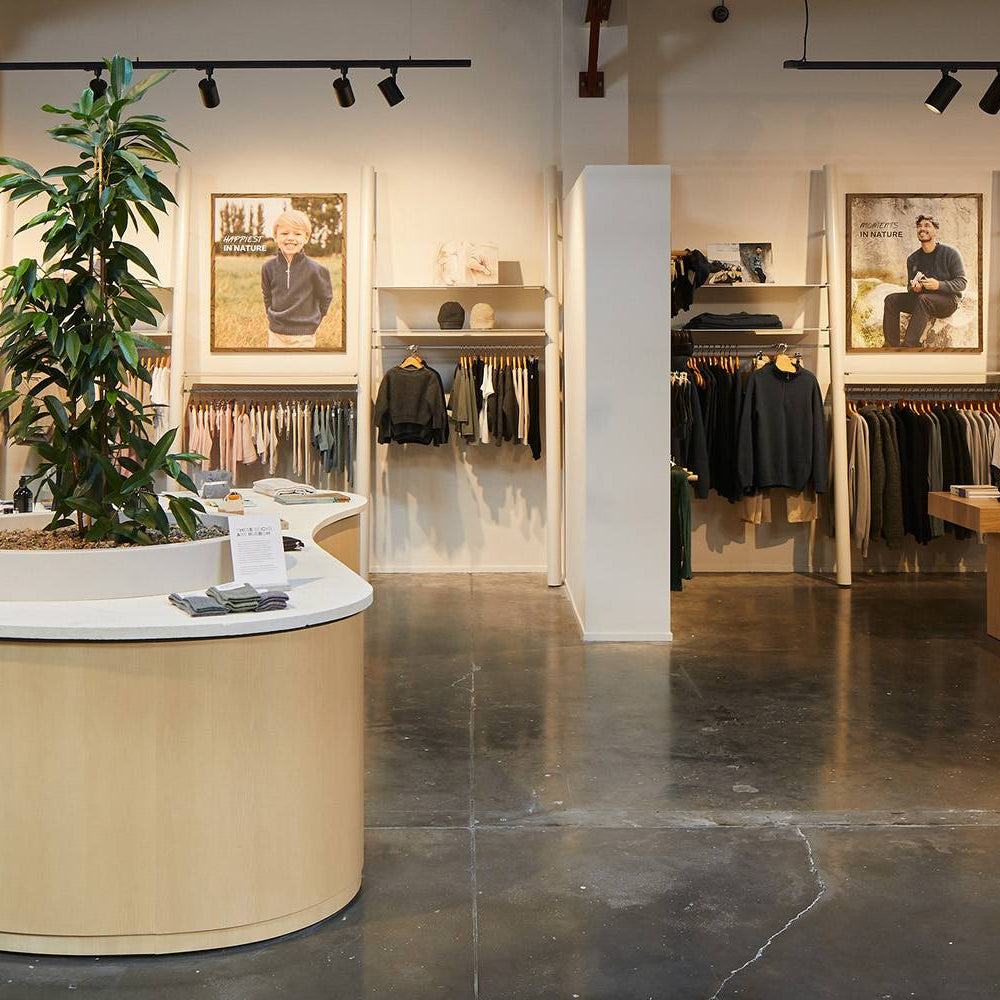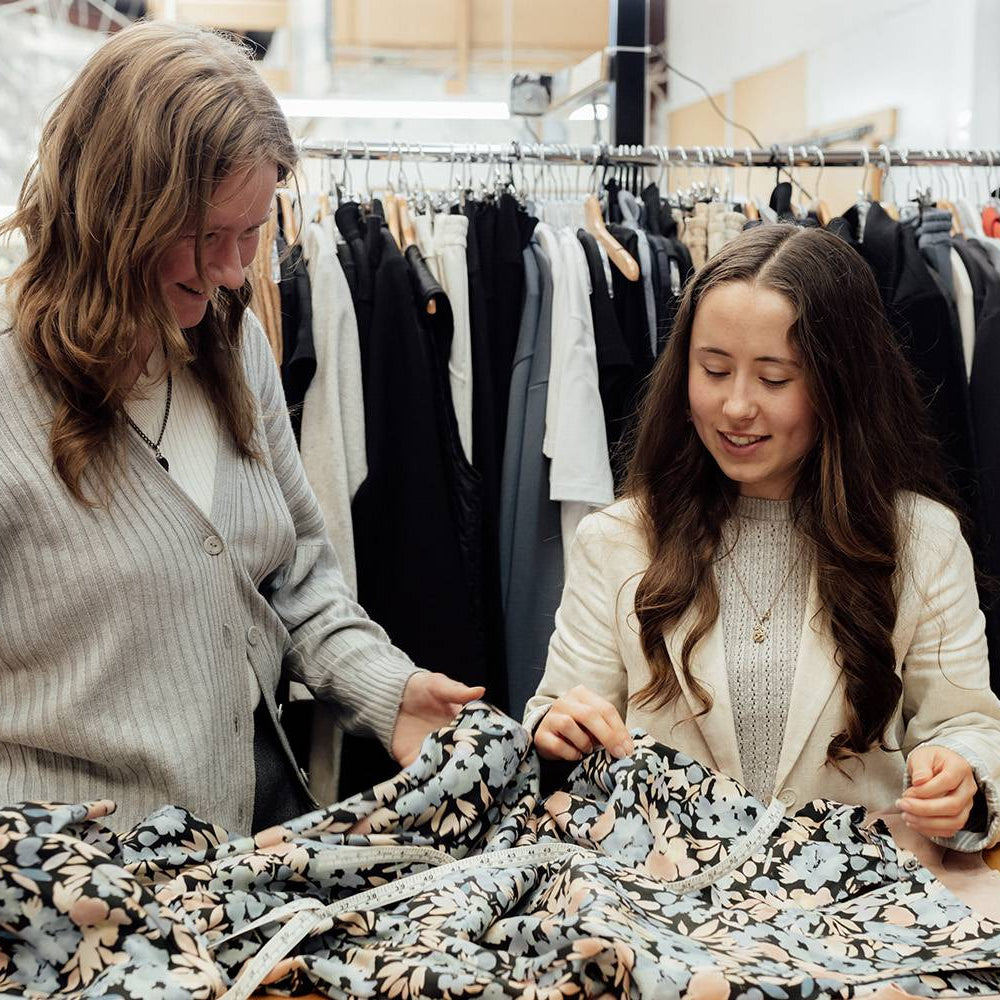This year marks a decade of Fashion Revolution. The organisation was founded in 2014 in the aftermath of the Rana Plaza garment factory collapse the previous year which took over 1,100 lives. The mission? To campaign for a clean, safe, fair, and accountable fashion industry. What started as an annual Fashion Revolution Day soon transformed into Fashion Revolution Week, and this year, to mark the anniversary, there will be a bumper 10 days of action, running from 15-24th April.
The 2024 campaign is all about how to be a fashion revolutionary and how to bring more people on board to work towards a global transformation of the fashion industry. Everyone is invited to take part, from citizens to brands, as Fashion Revolution asks people to show what being a fashion revolutionary means to them. So, what better opportunity to take you behind the scenes of our design process and show you all the ways in which we consider people and the planet every step of the way?

Keeping it seasonal
One of the central reasons fast fashion creates so many products, and in turn so much waste, is because brands threw the traditional season model, whereby a collection was produced with the following season in mind, out of the window. Instead of creating a collection for spring/summer and another for autumn/winter each year, fast fashion brands began to create ‘micro-seasons’. The world used to be shocked that there could be as many as 52 micro-seasons each year – one per week – but now it’s even become the norm to release new ‘drops’ every single day.
At Untouched World, we reject this unnecessary and wasteful model. We have retained the traditional fashion calendar and produce just two meaningful collections each year: spring/summer, and autumn/winter. By remaining steadfast in adhering to a slower pace, we can take more time over design, sourcing, fitting, and manufacturing. We don’t want to make clothes purely for the sake of having something new to sell each week or each day, we want to make clothes that will be loved, and will last, for generations.

Testing, testing
Testing is a big part of the design process, whether that’s testing out new prints or putting a new knit to the test. It’s important to make sure every design looks just as good in 3D as it did on the paper (or screen) when we sketched it out. But function is just as crucial as form in our eyes, so we test wearability and durability too because we want to live up to our promise of making clothes to last. Before any new garment hits the shelf, our team of in-house testers put it through its paces to make sure it meets our exacting standards for quality.
Natural fibres for natural circularity
Circularity may be a relatively new word in fashion, but it’s simply the natural order of the world. When a plant dies, it breaks down naturally and feeds the soil with its nutrients to help more plants grow. Nature is inherently circular, and we aim to echo that by prioritising natural fibres which, like a plant, will return to the earth as food rather than as pollution as many synthetic clothes do. In our AW24 collection, for instance, you’ll find exciting and innovative natural materials like Airewool (which is made from 100% merino), BCI Cotton Cashmere, CoolTree (a blend of merino and TENCEL™), EcoTree (a blend of TENCEL™, Merino and possum), and Mountainsilk (a machine washable Merino).
Alongside these wonderful newer materials, we have the classics we’ve always loved and used such as organic cotton, ZQRX certified Merino, and linen. Currently 93% of our products are designed and made with natural materials, and we’re aiming to make that 100% by 2030 because once our clothes have been worn again and again and are truly worn out, we want them to contribute to a thriving planet via natural circularity.

Minimising waste
Waste is, in many ways, a design flaw and a thoughtful designer can come up with creative solutions to ‘design out’ waste, whether that’s by upcycling offcuts or changing a silhouette so that the pattern pieces (the flat templates that become the panels of the clothes) can sit closer together on the fabric to minimise offcuts or even eliminate them altogether. At Untouched World we’ve turned leftovers of our fine Merino fabric into teeny beanies for babies in neonatal and we’ve even used offcuts to create playful zero waste collections for kids. We have partnered with Impactex and other recycling organisations to turn our offcuts into building materials, including home insulation from wool. And the small offcuts that really can’t be avoided during manufacturing? They’re used to make new yarn that create our Rubbish Socks.
Timeless design
We don’t do flash in the pan trends because we believe they’re yet another waste generator that contributes to making fashion so polluting. Rather, we focus on easy, modern, yet timeless, silhouettes that will never go out of style. You could wear a pair of our tailored TENCEL™ pants and one of our beautiful Merino crewnecks now and in 20 years’ time – our pieces don’t date; they are crafted to endure.

Local manufacturing
Although this technically comes more under manufacturing than design, we simply couldn’t write about Fashion Revolution Week and our sustainable design process without touching upon our locally made ethos. One of Fashion Revolution’s most famous campaigns to date is ‘Who Made My Clothes?’, a simple question that underscored just how opaque the fashion industry is as so many brands simply didn’t know the answer. But we do because 94% of our clothes are made on our doorstep, in our Christchurch workrooms and outworkers. In being able to oversee our manufacturing, we not only know who makes our clothes, but that they’re made in safe, fair, and healthy conditions.
To learn more:

